Reclamation Continues Wildfire Prevention in Auburn Project Lands with Fuels Reduction Project

Reclamation Continues Wildfire Prevention in Auburn Project Lands with Fuels Reduction Project
The Auburn area Five-Year Fuels Reduction Project work is on schedule and the Bureau of Reclamation’s contractor, Wildfire Services Group, Inc., has completed several segments of shaded fuel break construction and maintenance work on Auburn Project Lands within the Auburn State Recreation Area in Placer and El Dorado counties.
USFS Uses Machine Learning to Promote Meadow Restoration
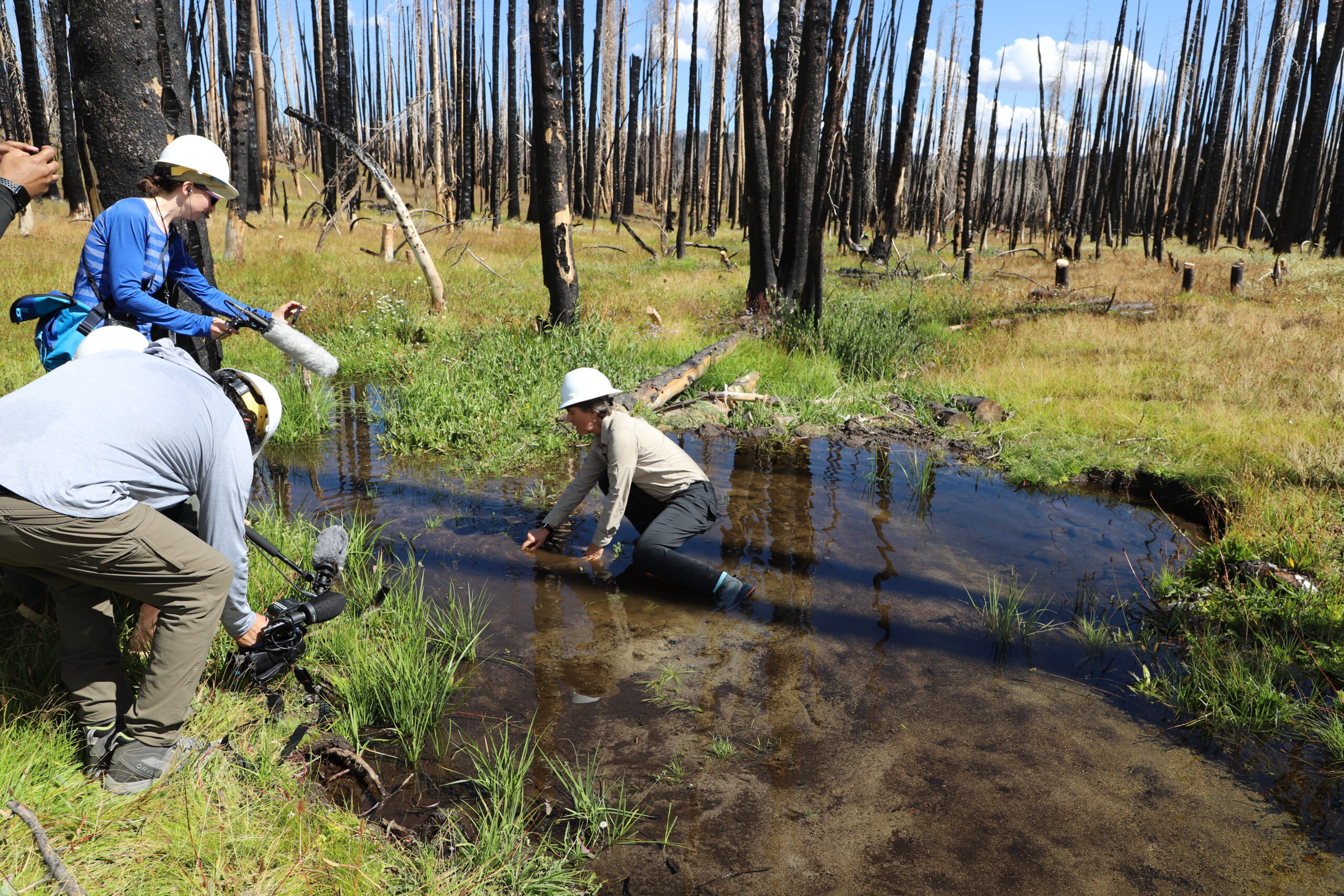
USFS Uses Machine Learning to Promote Meadow Restoration
Pacific Southwest Research Station U.S. Forest Service ecologists have developed new machine learning algorithms to identify potential locations of lost meadows where forests now encroach. Meadows in California’s Sierra Nevada mountains historically covered nearly three times the area they do today. New maps of lost meadows provide a large-scale perspective to help us think differently about the historical importance of meadows and the positive impact their restoration could have on streamflow and wildfire management.
Project Implementation in High-Risk Regions – Santa Monica Mountains
Project Implementation in High-Risk Regions – Santa Monica Mountains
Department: Santa Monica Mountains Conservancy
Program Description: The Santa Monica Mountains Conservancy prioritized wildfire resilience projects that proactively reduce the risk of wildfire, strengthen wildfire resilience, increase carbon sequestration, rally against the effects of climate change, and dedicate more resources to local community infrastructure.
Program Impact: In 2022, the Conservancy coordinated with partner agencies, non-profit organizations, local tribes, and other stakeholders to kickstart projects that performed one or more of the following types of wildfire resilience activities.
Wildfire resilience activities included:
- Removing dry, hazardous, or non-native vegetation that poses ignition risk and habitat restoration
- Increasing the efficacy of wildfire response through emergency operations equipment and workforce development
- Ignition monitoring program
- Fire hardening at-risk structures
Conservancy wildfire resilience efforts, initiated in 2021 and sustained throughout 2022, addressed major wildfire hazards in the Santa Monica Recreation Area. State funding supported projects that mitigate hazards posed by fuel-vegetation, human actions, and at-risk structures. Investment in workforce development and capacity building in climate, fire resilience, and habitat restoration further enhanced wildfire prevention and emergency response operations. Ongoing project efforts will continue to reduce wildfire risk throughout the 2023 fire season and following years.
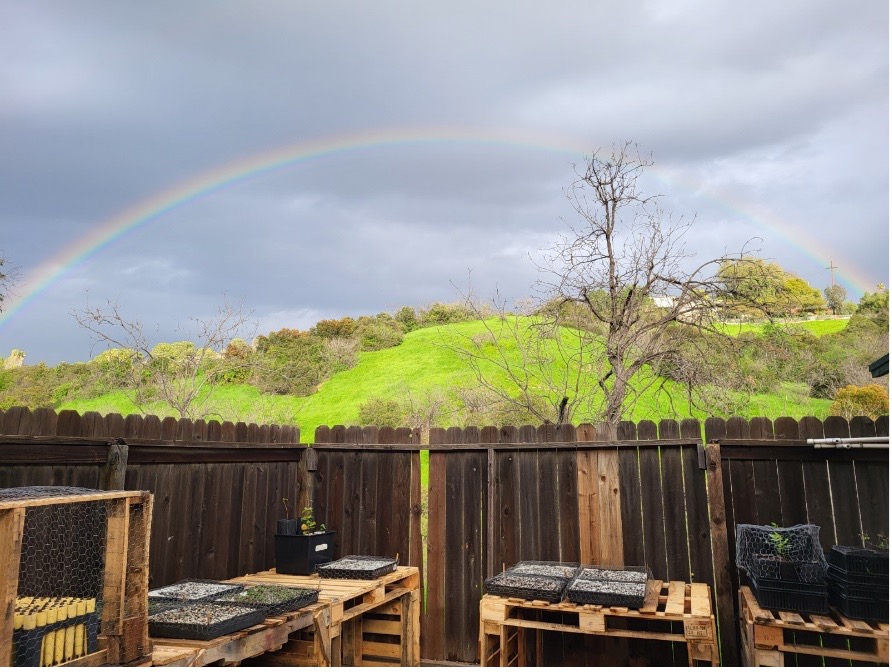
Native plants at Elyria Canyon Nursery to be installed at habitat restoration sites
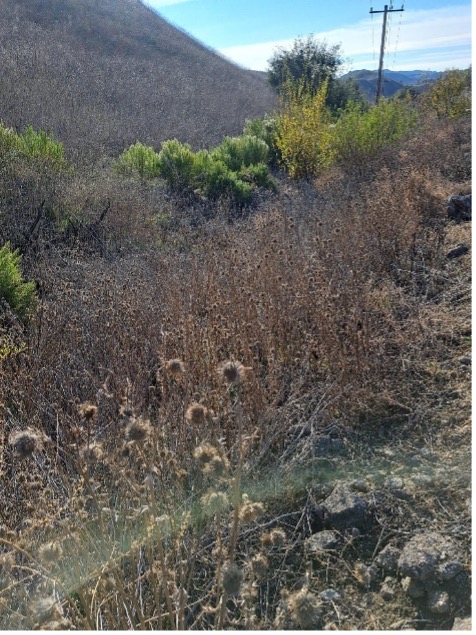
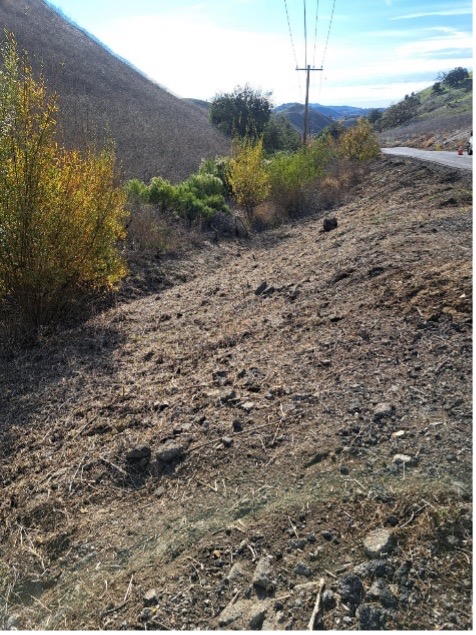
Before and after photos of completed fuel reduction treatments (mowing) to reduce flammable, flashy fuels in strategic locations of the Santa Monica Mountains.
Resilience in Action: Fuel reduction along the ignition-prone highway 101 corridor continued in 2022, and as of January 2023, approximately 2,000 fire-resistant oaks have been planted at five key sites. In the coming years, fire-resistant oak habitat will replace the existent grassy fuel vegetation and serve as a natural fire buffer around the freeway. Funding for workforce development supported an expanded crew of seasonal firefighters in the Fire Division of the Mountains Recreation and Conservation Authority who received basic and advanced fire training classes, drills, and fuel vegetation removal.
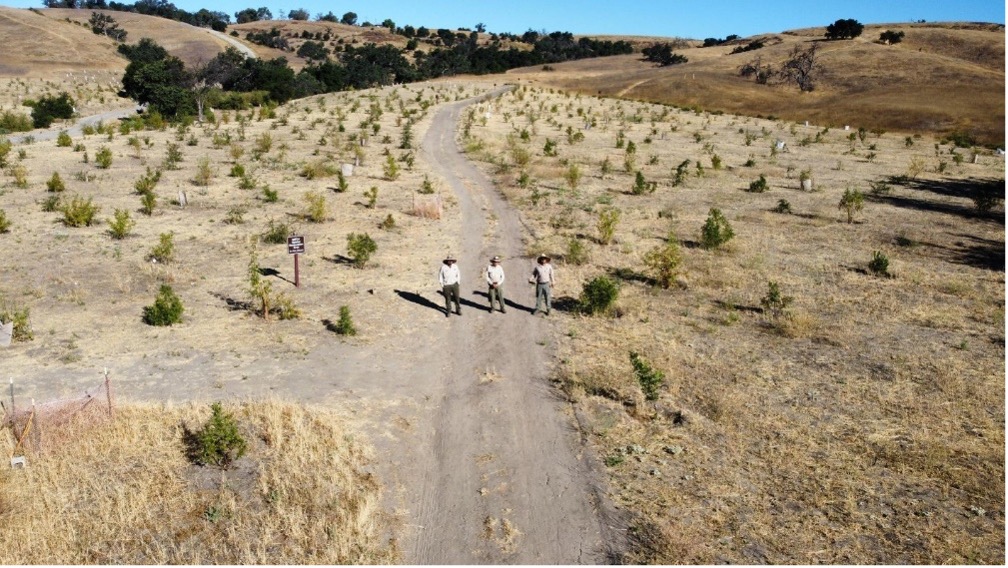
Roadside vegetation management and oak habitat planting project to reduce ignition risk posed by nearby US Highway 101

New portable water pumps installed on daily patrol vehicles in conjunction with water tanks and fire hoses allow rangers to respond to fires on patrol
RESOURCES
USFS Awards CALREC Vision Partnership of the Year

USFS Awards CALREC Vision Partnership of the Year
December 14, 2022 – At the Regional Foresters Awards Ceremony in Sacramento, CA, the Leadership Team of the Sustainable Recreation/CALREC Vision Key Working Group (SRCRV) was awarded a Regional Forester’s Honor Award for Partnership of the Year from the U.S. Forest Service Pacific Southwest Region. The award recognizes the Leadership Team’s efforts to develop California’s Joint Strategy for Sustainable Outdoor Recreation and Wildfire Resilience for California’s Wildfire & Forest Resilience Task Force. The Joint Strategy satisfies Key Actions 3.13 and 3.14 of the California Wildfire and Forest Resilience Action Plan. The California Wildfire and Forest Resilience Task Force will publish the Joint Strategy in early 2023.
Accepting the award with Jennifer Eberlein (second from left), from left to right are Bill Keane, Climate Equity Solutions, Inc.; John Wentworth, Mammoth Lakes Trails and Public Access Foundation; Austin McInerny, Consensus and Collaboration Program, College of Continuing Education, Sacramento State University; and Nancy Parachini, USFS Deputy Director of Public Services.
USFS Pacific Southwest Research Station Brief #3: Timing of Fire Study
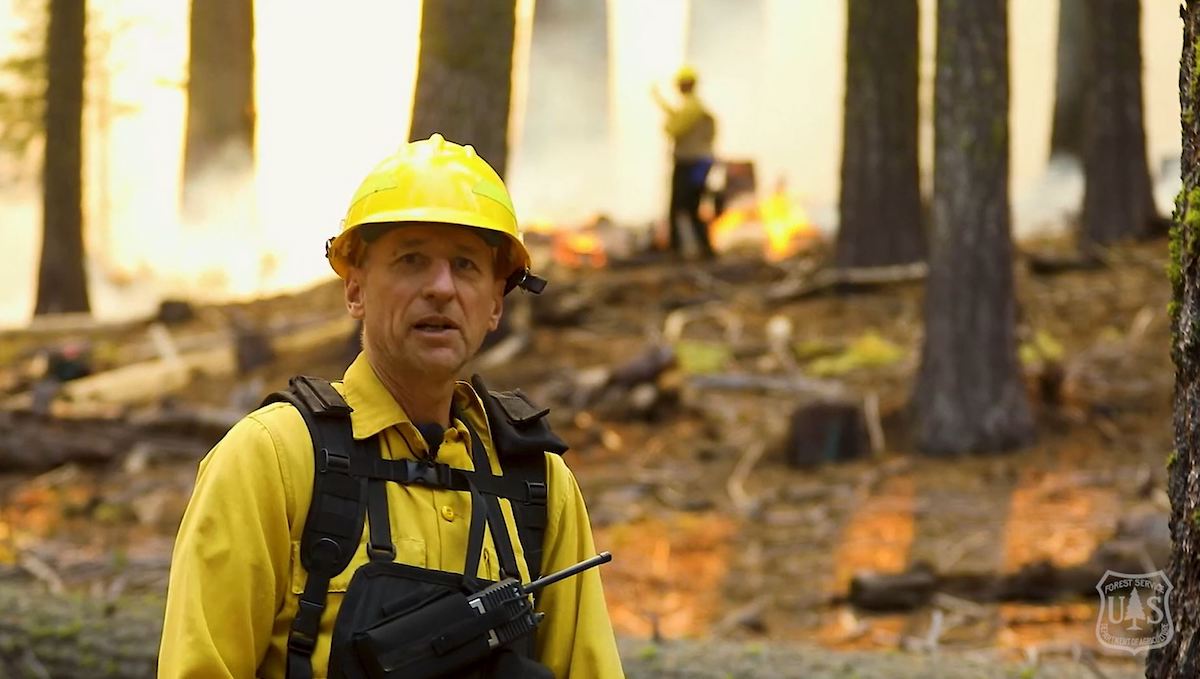
USFS Pacific Southwest Research Station Brief #3:
Timing of Fire Study
Wildland firefighters from the Stanislaus National Forest and researchers from Pacific Southwest Research Station conducted a 21-acre prescribed burn on the Tuolumne Experimental Forest on October 29-30, 2022. The prescribed burn was a part of a Timing of Fire Study allowing researchers to compare how seasonal conditions affect the outcomes of prescribed fire. This video shows how we study the effects of prescribed fire and what we can learn.
RESOURCES
USFS Pacific Southwest Research Station Brief #2: How demographics and funding impact wildfire resilience.

USFS Pacific Southwest Research Station Brief #2:
Homeowners willingness to pay to reduce wildfire risk in wildland urban interface areas: Implications for targeting financial incentives.
Pacific Southwest Research Station scientists have found that demographics and funding impact wildfire resilience. To help bridge the gap, the U.S. Forest Service has launched a Community Wildfire Defense Grant program by the Bipartisan Infrastructure Law to help the communities most at risk.
RESOURCES
Science Direct: Homeowners willingness to pay to reduce wildfire risk in woodland urban interface areas
USFS Pacific Southwest Research Station Brief #1: Beneath the Surface: The Hydrology of Hidden Forests Systems
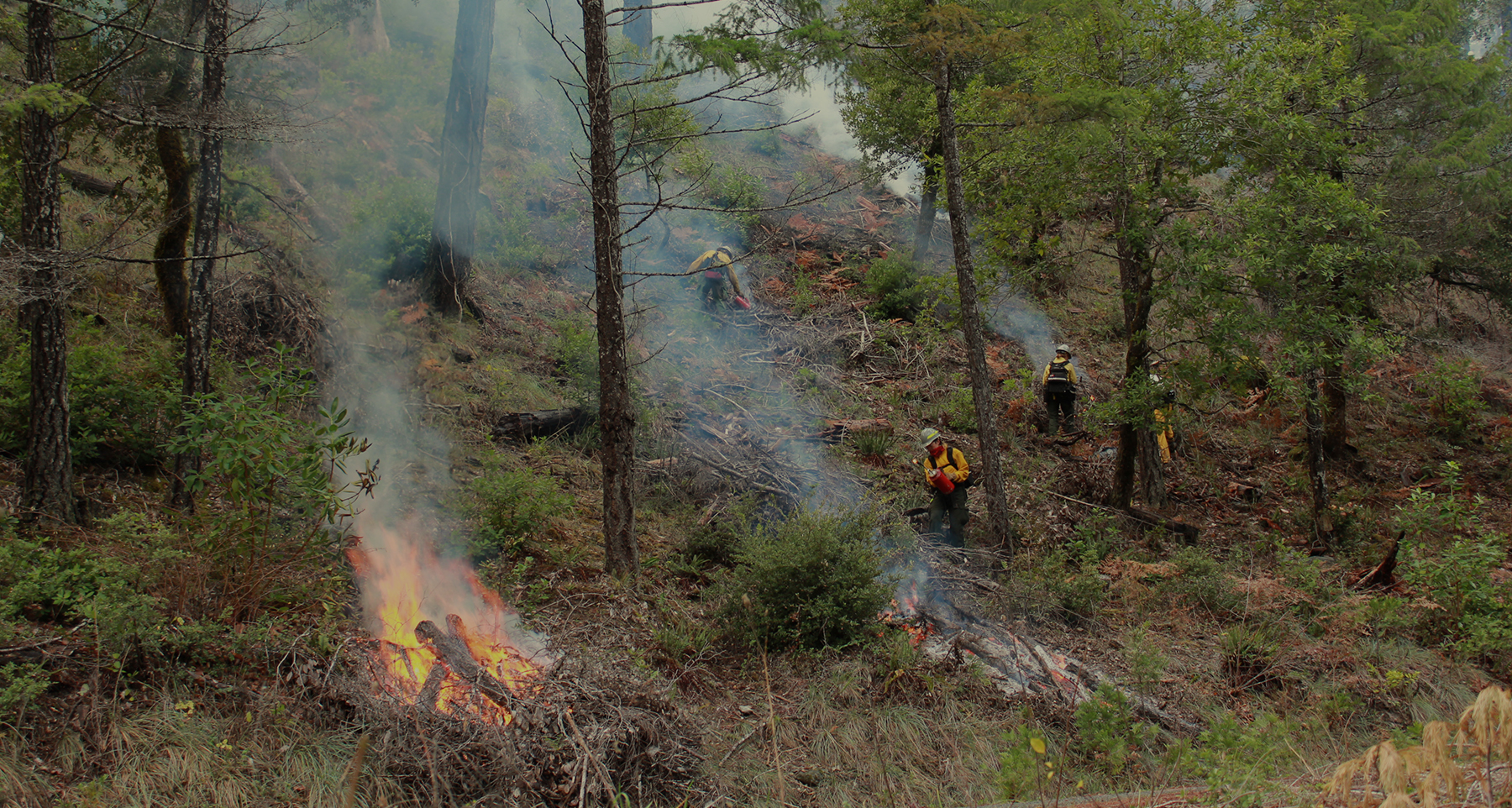
USFS Pacific Southwest Research Station Brief #1:
Beneath the Surface: The Hydrology of Hidden Forests Systems
Pacific Southwest Research Station hydrologists are looking at underlying bedrock in the Kings River Experimental Watershed to better understand the relationship between drought and water use in trees.
RESOURCES
Nature.com: Widespread Woody Plant Use of Water Stored in Bedrock
PSW Research Station: Kings River Experimental Watersheds
Impacts of Mosquito Fire On Actively Managed Blodgett Forest

Impacts of Mosquito Fire On Actively Managed Blodgett Forest
Previous management history makes an acute difference in the resiliency of forests to wildfire. Active management, including prescribed fire and group selection silviculture, significantly altered the behavior of the Mosquito Fire at UC Berkeley’s Blodgett Forest.
CARCD Distributes USFS Post‐Fire Disaster Recovery Grant Funds
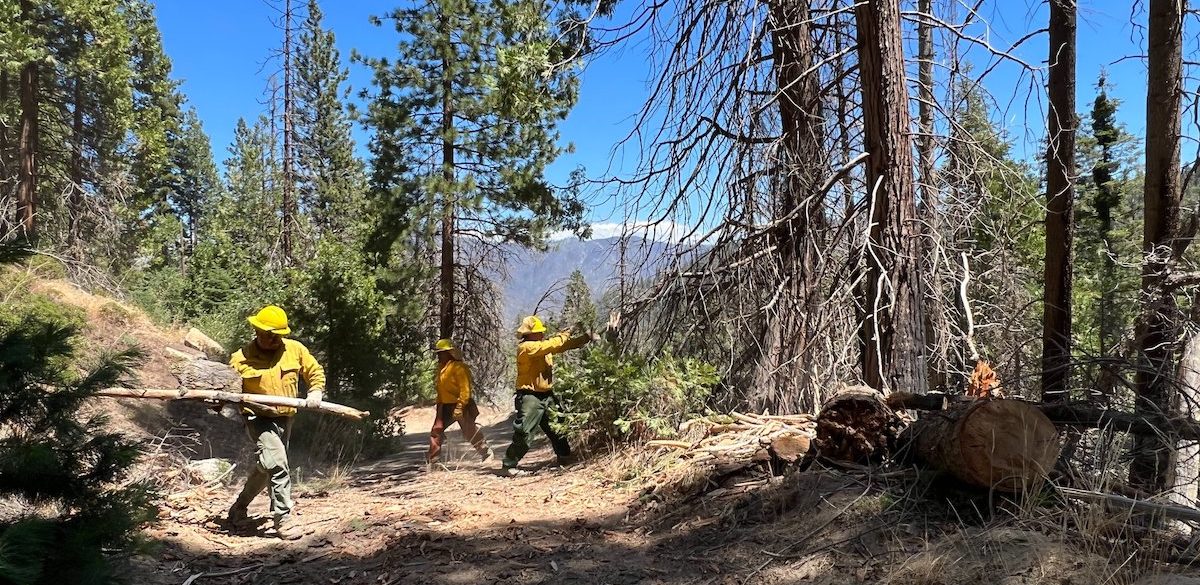
CARCD Distributes USFS Post‐Fire Disaster Recovery Grant Funds
With funding from a $3 million Post‐Fire Disaster Recovery Agreement from the USFS the California Association of Resource Conservation Districts (CARCD) awarded six resource conservation districts (RCDs) grants for forest post‐fire recovery work within the footprints of 2019‐2021 wildfires. All the funded projects resemble or are building towards establishing Emergency Forest Restoration Teams (EFRTs), as per Action Item 1.14 of the CA Wildfire and Forest Resilience Action Plan.
RESOURCES
Sequoia National Forest Makes Progress on Giant Sequoia Emergency Response
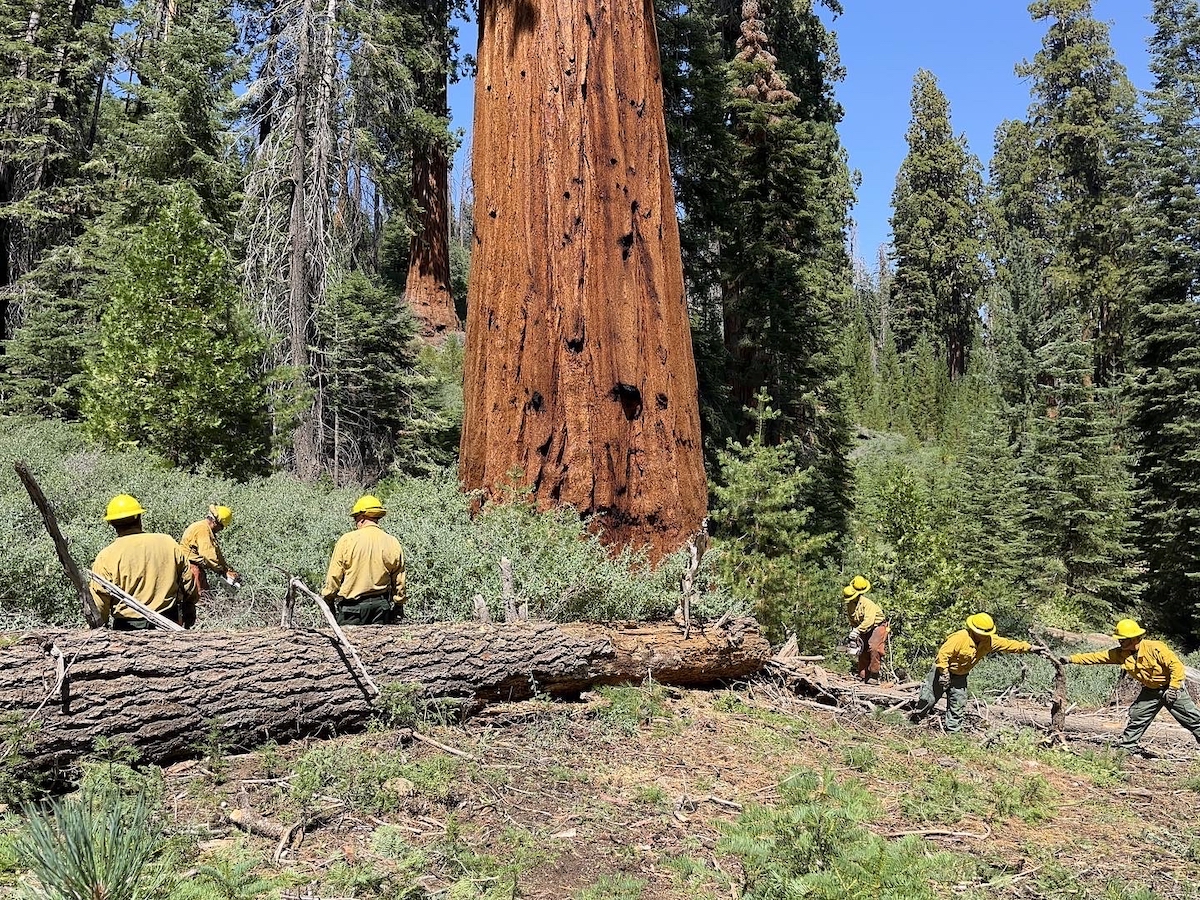
Sequoia National Forest Makes Progress on Giant Sequoia Emergency Response
The Sequoia National Forest made tremendous progress toward achieving the Giant Sequoia Emergency Response goals. To date, 345 monarch Giant Sequoias have been protected in 6 groves covering 43 acres, and that number is growing daily!
Fuels reduction treatments are being completed in phases, starting with hazard tree abatement to facilitate safe access for crews working in the groves, then hand treatments to remove ladder fuels and duff from around monarch Giant Sequoias. Implementation is underway in six of the 12 groves: Bearskin, Black Mountain, Indian Basin, Landslide, Wishon, and the Sierra National Forest Nelder grove.
